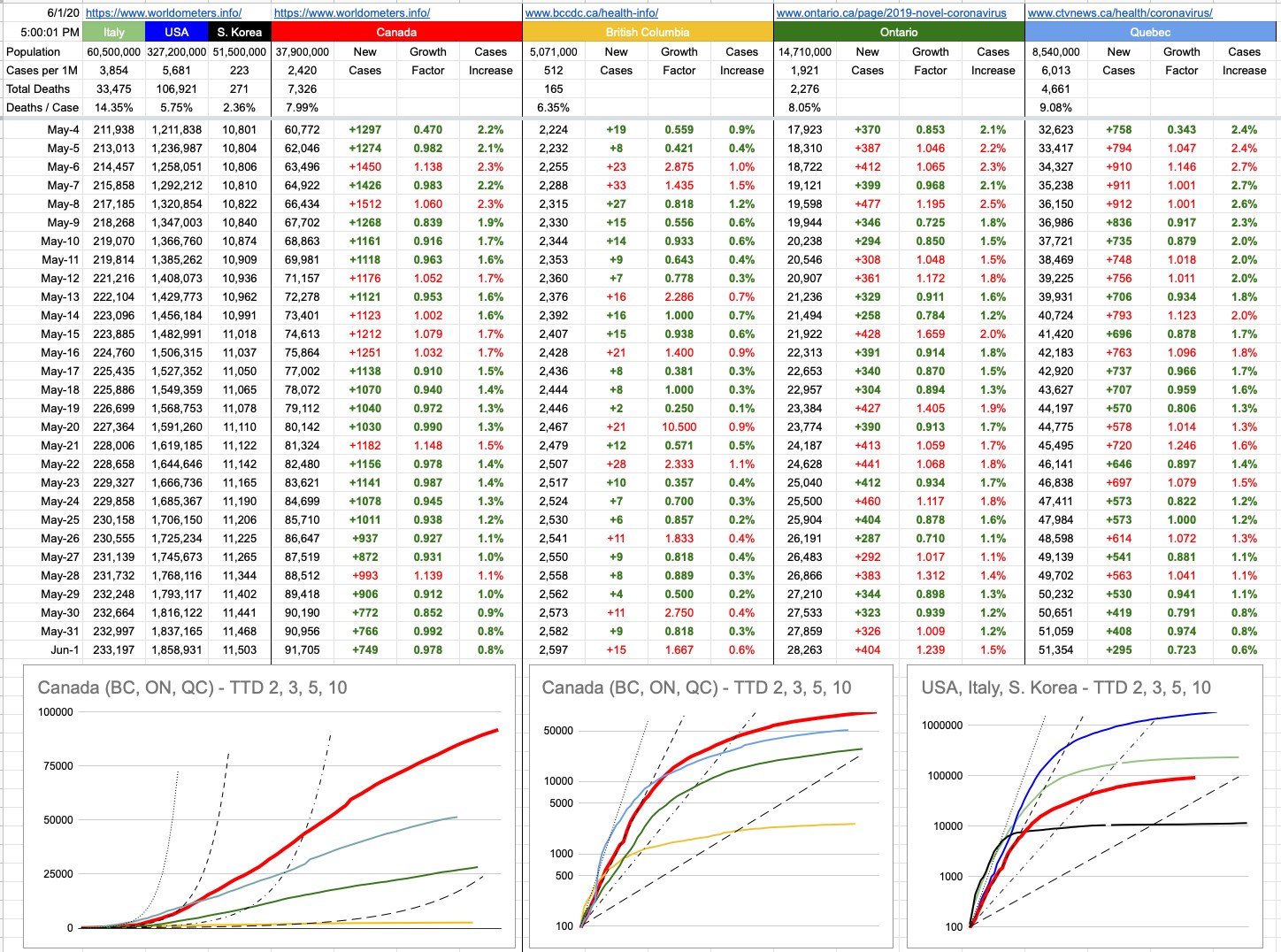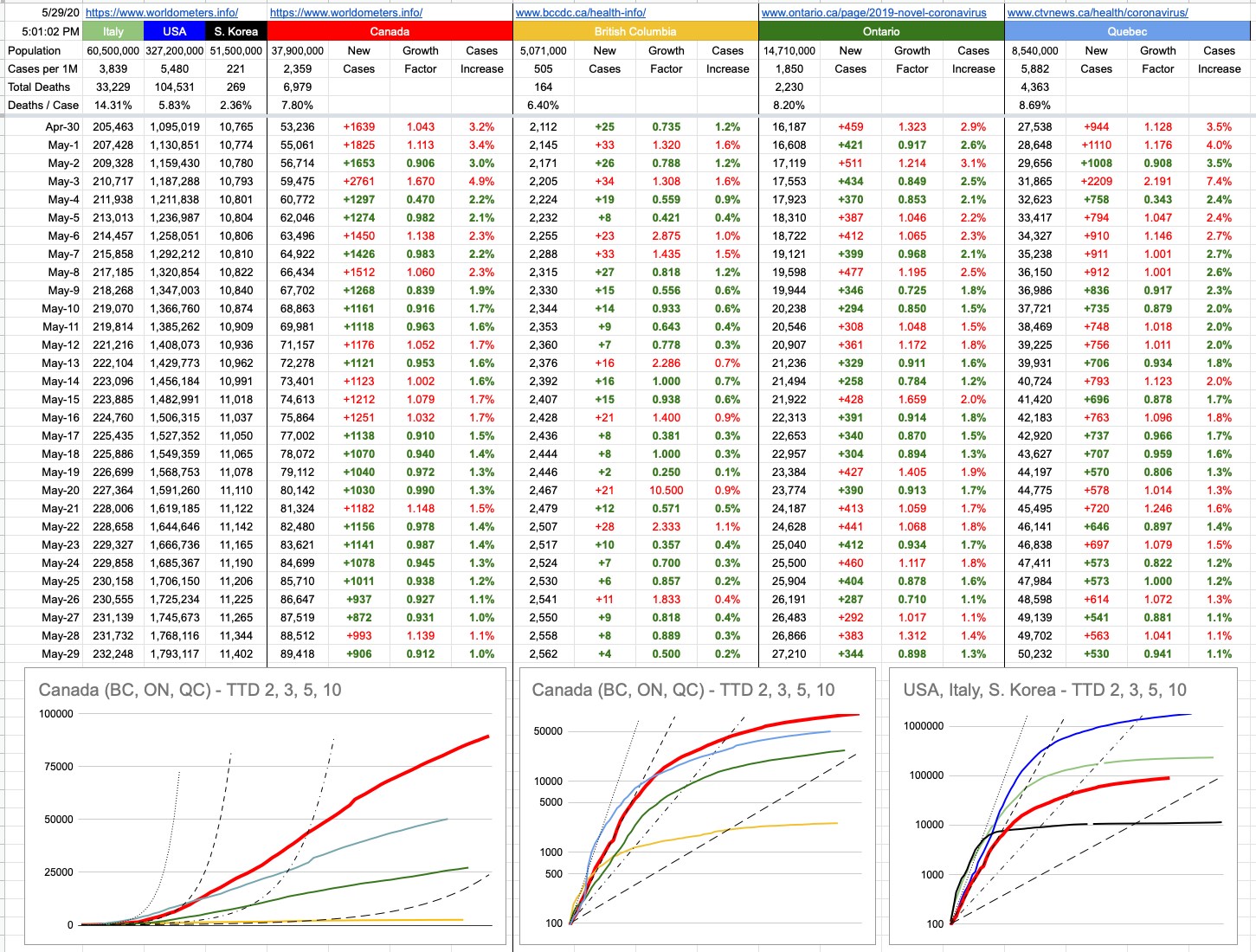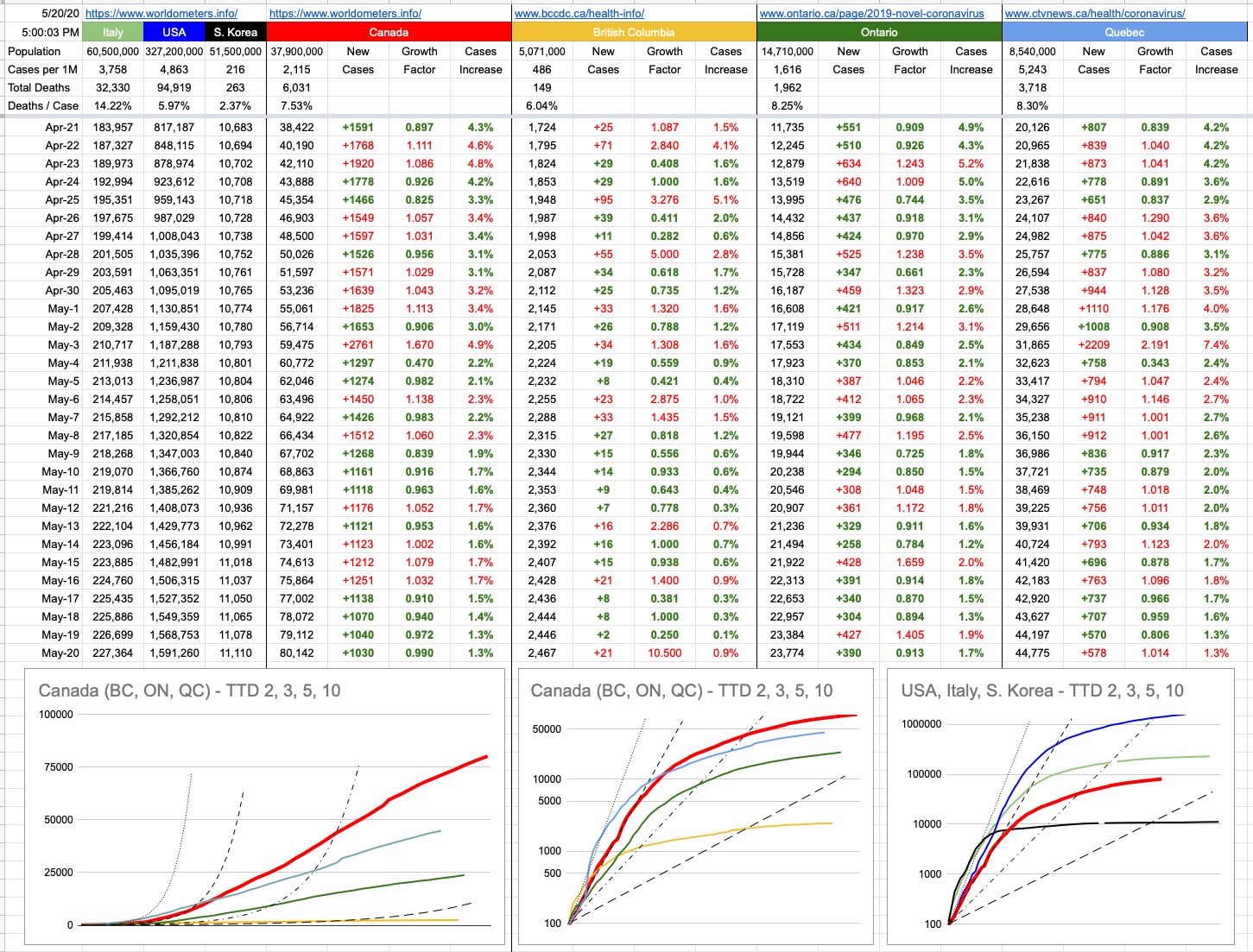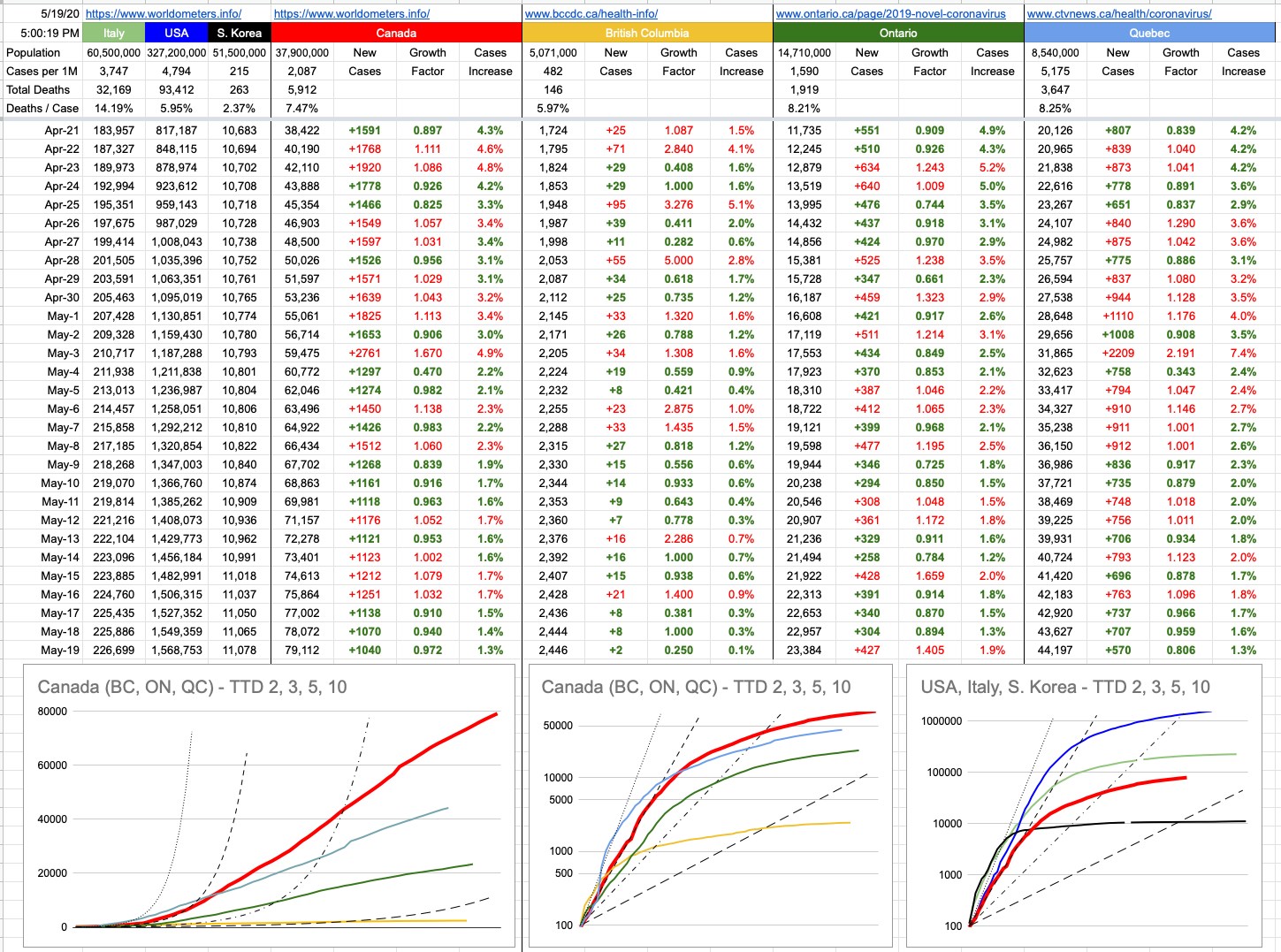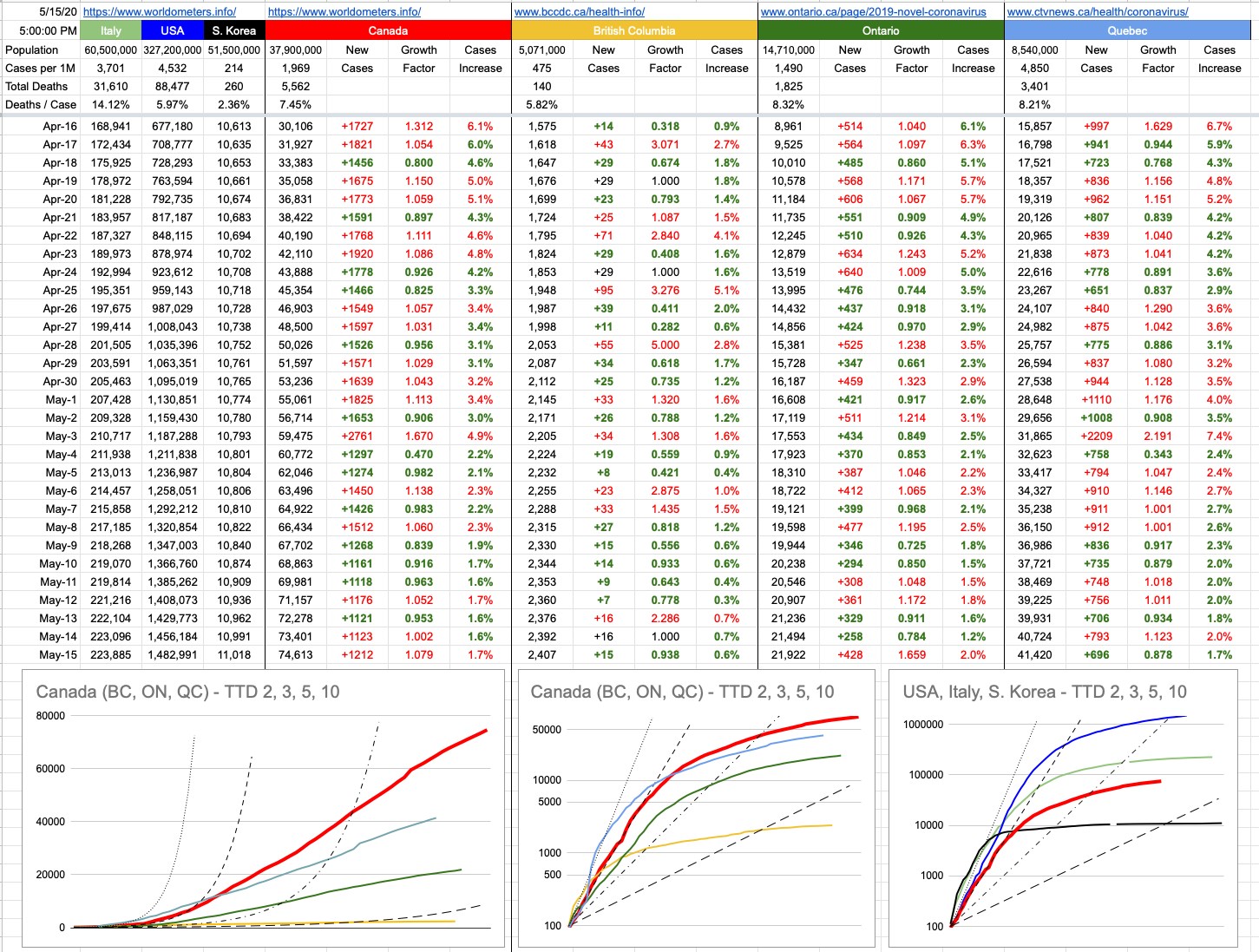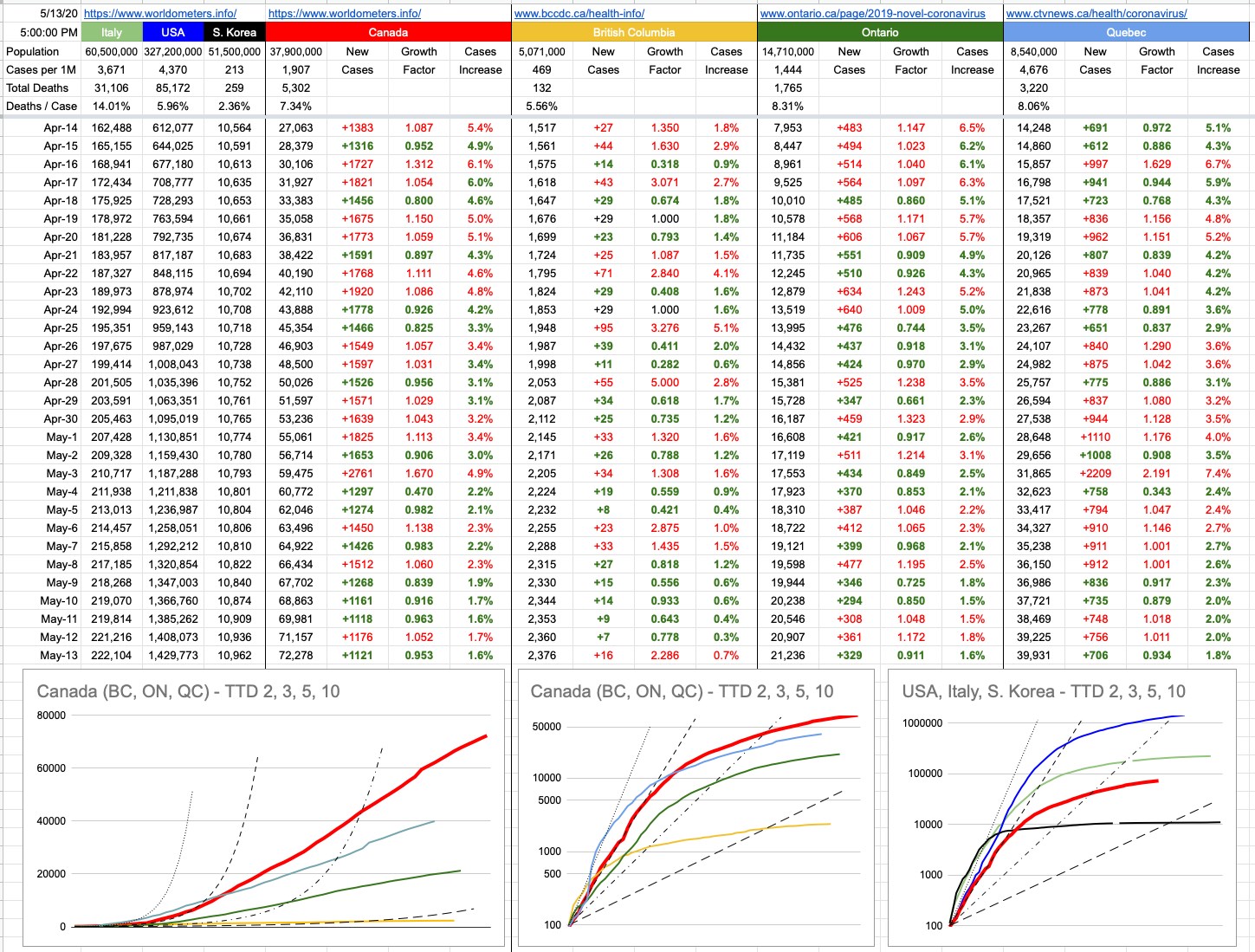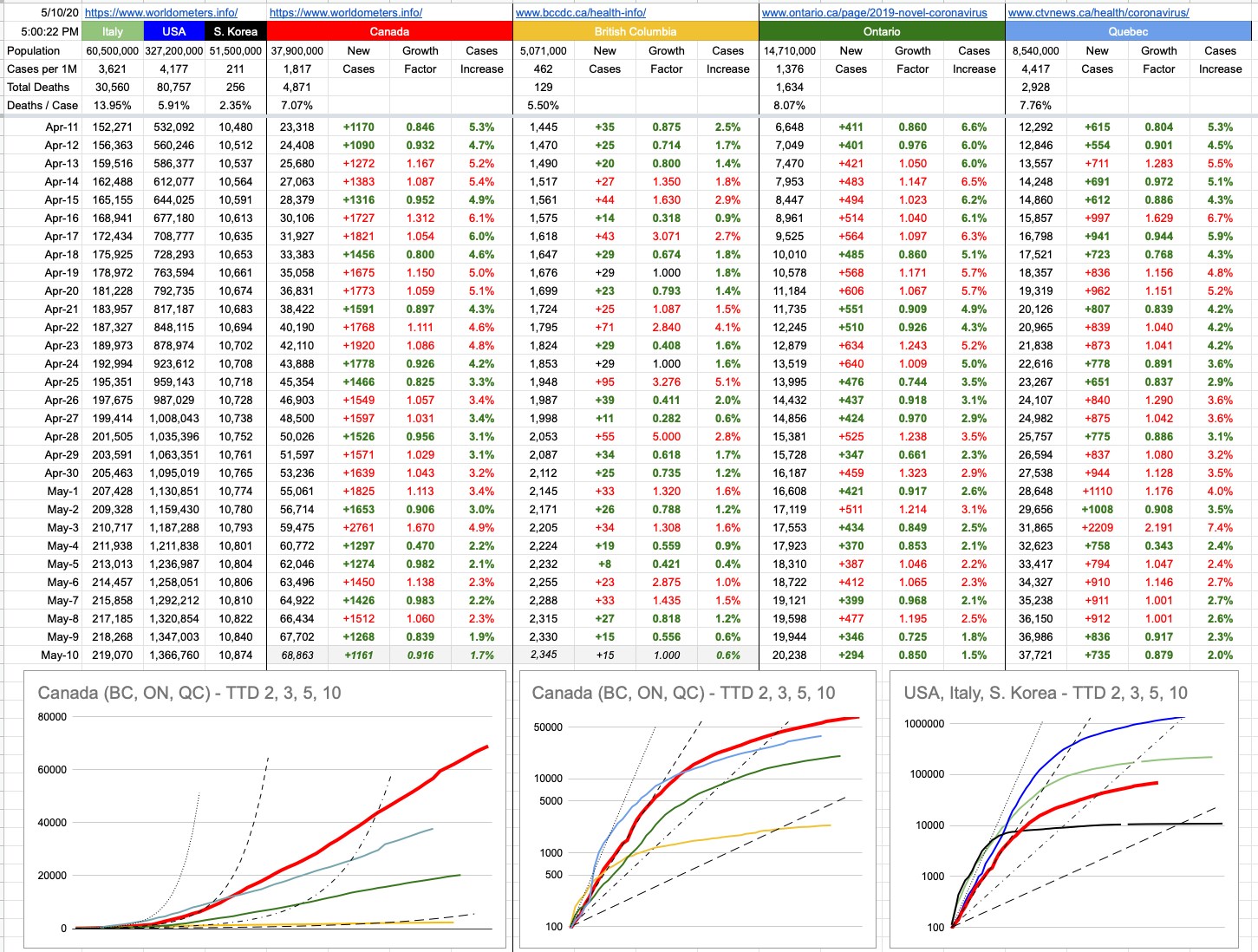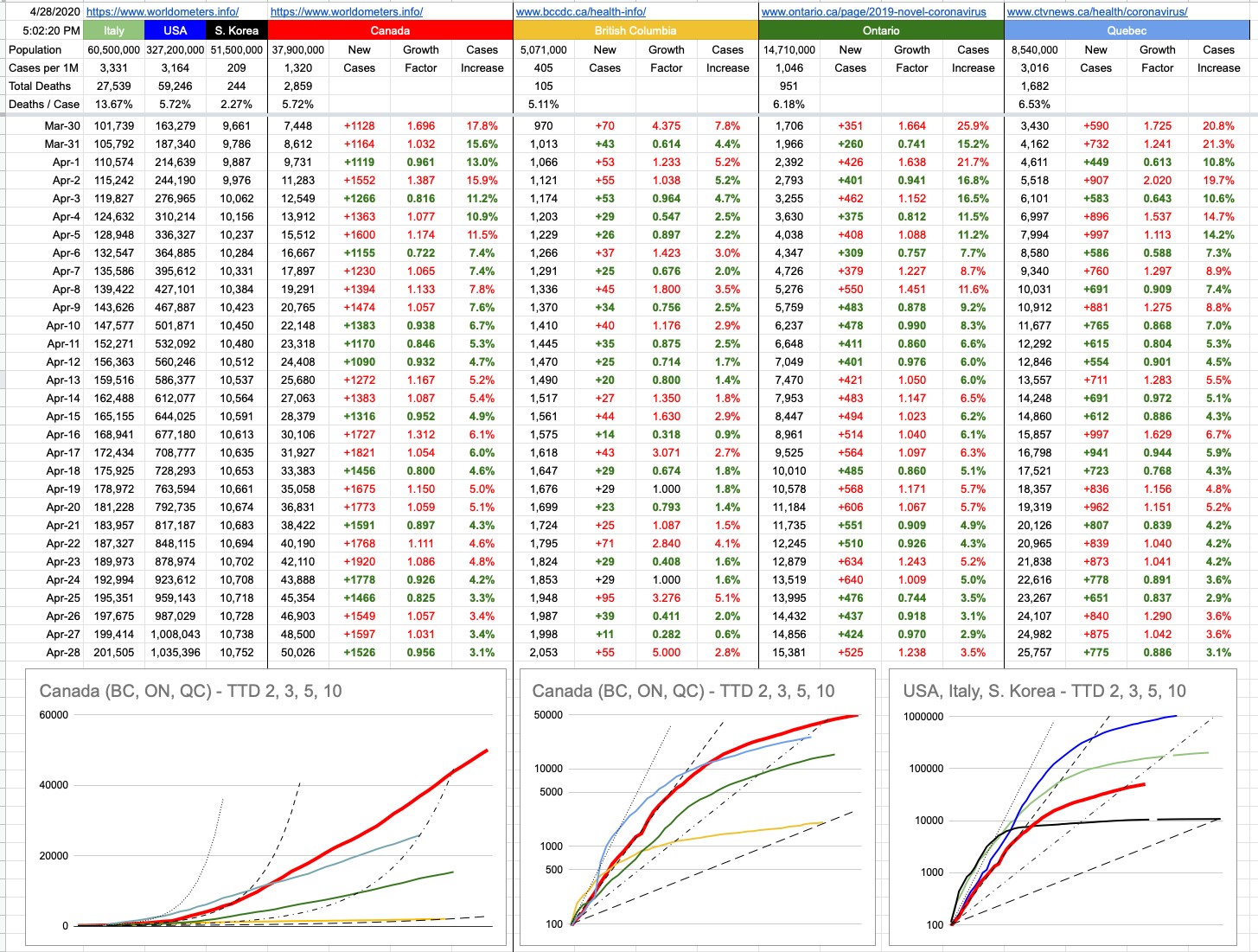Day 77 – June 1, 2020
One of my all-time favourite movies is “Inception”. Christopher Nolan’s film-making and story-telling won many awards, and deservedly so, but above and beyond that is one of the fundamental concepts of the movie, and it’s a fascinating one. Its importance plays out in the world continually. Even if you haven’t seen the movie, that basic idea is easy to understand… the difference of a thought, and its origin, and how different you treat a thought, depending on whether you came up with it yourself, or whether it was suggested to you. And how you might act completely differently, depending on that.
The simplest example… I tell you to think about pink elephants. Now you’re thinking about pink elephants… but you know it was me that made you think of them.
A better example… after dinner, you realize you haven’t done the kitchen cleanup all on your own in a long time, and decide you’re going to be a nice person and do everyone a favour. “I’m going to wash the entire kitchen”, you think to yourself, happy and proud to be a helpful and appreciated part of the family.
Compared to… you thinking that, but before you get a chance to announce it, someone says… “Hey… you haven’t done the kitchen in a while… go do it”. The end result of the action you ultimately take might be the same, but you’ll be thinking about it very differently.
In fact, you might have been mere moments away from announcing your intention, but now that someone else suggested it to you, it completely reframes it… and you probably feel differently (and not as good) about it. So much so that you might be tempted to say, “Hey, I was going to do it, but if you put it that way — forget it. You do it.”
The magic would be, from someone else’s point of view, if they could plant that thought into your head. They want you to do the kitchen, but they want you to come up with the idea. When you own the idea, you feel a lot differently about it, and… more importantly, you’re far likelier to take responsibility for it.
Throughout my life, I’ve been on both sides of that… well all have… professionally, personally, whatever… there’s no technical solution to Inception, as in the movie, with fancy (and presently non-existentent) technology… so in the real world, the closest thing would be social engineering — not in the sinister fashion of trying to extract login or bank info from people, but by simply interacting with people in a way that guides things in the direction — and ultimately, conclusion — that you’re hoping for.
From one point of view, this can happen when someone has managed to surround themselves with excellent, intelligent people… but because of corporate hierarchies, they’re the one in charge, and the decisions and responsibility fall on them… yet the real brains may be “below” them. Nobody down there wants to be responsible; it’s better for those people if the boss comes up with the idea… so while they won’t come right out and say it, they know exactly what needs to happen… and will dance around it until the boss says, “Hey! I have a great idea!”. “Great!”, they will reply… knowing exactly what’s coming.
The other point of view… well, as a parent, you quickly learn that there comes a point where telling your kids what to do… doesn’t work. As per above, “Do the dishes, now!” isn’t often met with the success for which one would hope. But here’s what does work… “Hey, we want to try to start watching the movie at 8. Try to get everything you need to get done… out of the way by then.” They know they have to do the dishes; you don’t need to even mention it. And, now the power is entirely in their hands. It’ll be their idea of “Oh… better do the dishes”.
With respect to this pandemic, I’ve spoken about the difference between having a doctor instead of a politician in charge. And that even though there are politicians involved, they’re deferring to her order, and the messaging is clear. There is one voice…. but… Dr. Henry isn’t really telling us what to do. Like an excellent parent, she’s transparently presenting us all the facts, but to a great extent, letting us figure out for ourselves how to act. She’s never said “Don’t travel this weekend.” — but she’s hinted as to why it’d be a bad idea and suggested against it… yet left it in all of our collective minds to consider… to the extent that if you did, or if you’re not socially distancing, or if you’re not wearing a mask when you really should… you’ll actually feel a little guilty about it. You’ll actually have taken ownership of the decision… and I think our high compliance numbers and resulting success are a great testament to that one simple fact… a fact that has even bigger implications these days; great success can be found by educating people, and arming them with enough knowledge that it allows them to reach correct conclusions on their own.
View Original Post and All Comments on Facebook


